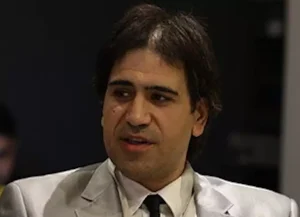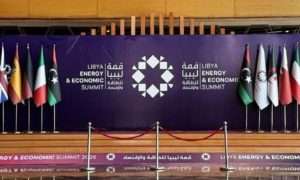Salem AlKetbi: Finland spearheads NATO’s eastward drive

The recent raising of the Finnish flag at the North Atlantic Treaty Organization (NATO) headquarters marked Finland’s entrance as the thirty-first member of the alliance. Some observers considered it a blow to Russian President Vladimir Putin. For decades, Finland maintained neutrality, but now it has joined an alliance that is reaffirming itself after overcoming an identity crisis following the end of the Cold War.
As a result of these developments, Russia now faces a new challenge along its 1350 km-long border with Finland. Finland’s decision to join NATO is seen as an existential threat, with concerns arising due to the Ukraine War. Even the Finnish people have shown support for the proposal to join the alliance, with an overwhelming 80% in favor.
Russia’s military operation in Ukraine had several goals, one of which was to keep the alliance away from its borders and to prevent Ukraine from joining. However, despite this effort, more European countries are still joining NATO. The accession process for Finland was completed in less than a year, making it the quickest in the alliance’s history.
Taking an objective view, it’s clear that Finland’s joining of NATO is a significant strategic defeat for Russian President. The Ukraine War has resulted in several adverse consequences, such as NATO’s expansion closer to Russia’s borders and the unity of the Western nations, with the US at the forefront, in opposition to Russia rather than weakening it. As a result, Russia is left with no alternative but to persist with the ongoing conflict, which appears to have no resolution in sight.

After maintaining neutrality throughout the Cold War and settling for a partnership with NATO since 1994, Finland has now decided to take the lead by formally joining NATO due to the fear of a potential Russian invasion. This marks a significant strategic shift in the concept of regional security and geopolitical dynamics in this region.
It’s expected that Finland’s abandonment of neutrality and the expansion of the buffer zone between NATO and Russia will raise the chances of confrontation between the two sides. Due to its role in guarding the Eastern European gateway with Russia, Finland will hold a distinctive strategic position within the alliance.
It’s anticipated that the alliance will enhance Finland’s defense capabilities and, subject to Helsinki’s authorization, may station NATO forces and weaponry. This raises the likelihood of conflicts and crises in Europe, even though the federal borders shared by Russia and NATO member states still account for only 6% of Russia’s overall borders.
The fact that Finland has joined NATO is a significant proactive accomplishment for the alliance. In any future negotiations aimed at resolving the Ukraine crisis, it was predicted that Russia will demand the rejection of any new members of the alliance, such as Finland and Sweden.
Russia’s demand wasn’t going to be restricted to securing Ukraine’s neutrality, but also to include Finland and Sweden, who have now both submitted applications for NATO membership amid the war. As Finland was rapidly included in NATO and Sweden’s membership is forthcoming after Turkey and Hungary withdraw their opposition, this could result in Russia losing an important bargaining chip.
Russia faces a real qualitative challenge in the membership of Finland and Sweden, not just a formality. These two countries have armies with significant operational and organizational strength, and their membership would add an additional force to the alliance, unlike countries like Latvia and Lithuania that joined the alliance earlier.
Their inclusion in the alliance will also shift the military balance of power between the alliance and Russia in the Nordic region. Finland maintains regular and reserve forces consisting of approximately 250,000 soldiers, and possesses special military capabilities in artillery and combat in extreme cold conditions.
READ: Tunisia drifts towards Russia-China-Iran sphere with Assad plan
Therefore, the alliance can claim to possess a force that can confront Russian influence in that challenging terrain.
Russian strategic circles seem to have neglected a thorough study of the possible reactions to the Ukraine war from all sides, overlooking the concerns of the Finnish people, who have a painful history of confrontation with Russia during World War II. This neglect raises fears of a similar scenario to what occurred in Ukraine.
Additionally, NATO now shares twice as much border with Russia, with half of it being in Finland. The US, leading NATO, aims to send a message to President Putin that his invasion of Ukraine was a miscalculation, that Russia is paying a heavy price for this action, and the Kremlin must back down and make concessions to resolve this crisis.
However, it is important to acknowledge that NATO is proceeding towards Russia with extreme caution. The alliance has not made any moves towards integrating Ukraine, as was promised in 2008. This reflects the alliance’s desire to avoid direct military confrontation with Russia and to settle for the current standoff.
The author is an UAE political analyst and former Federal National Council candidate
Want to chase the pulse of North Africa?
Subscribe to receive our FREE weekly PDF magazine












